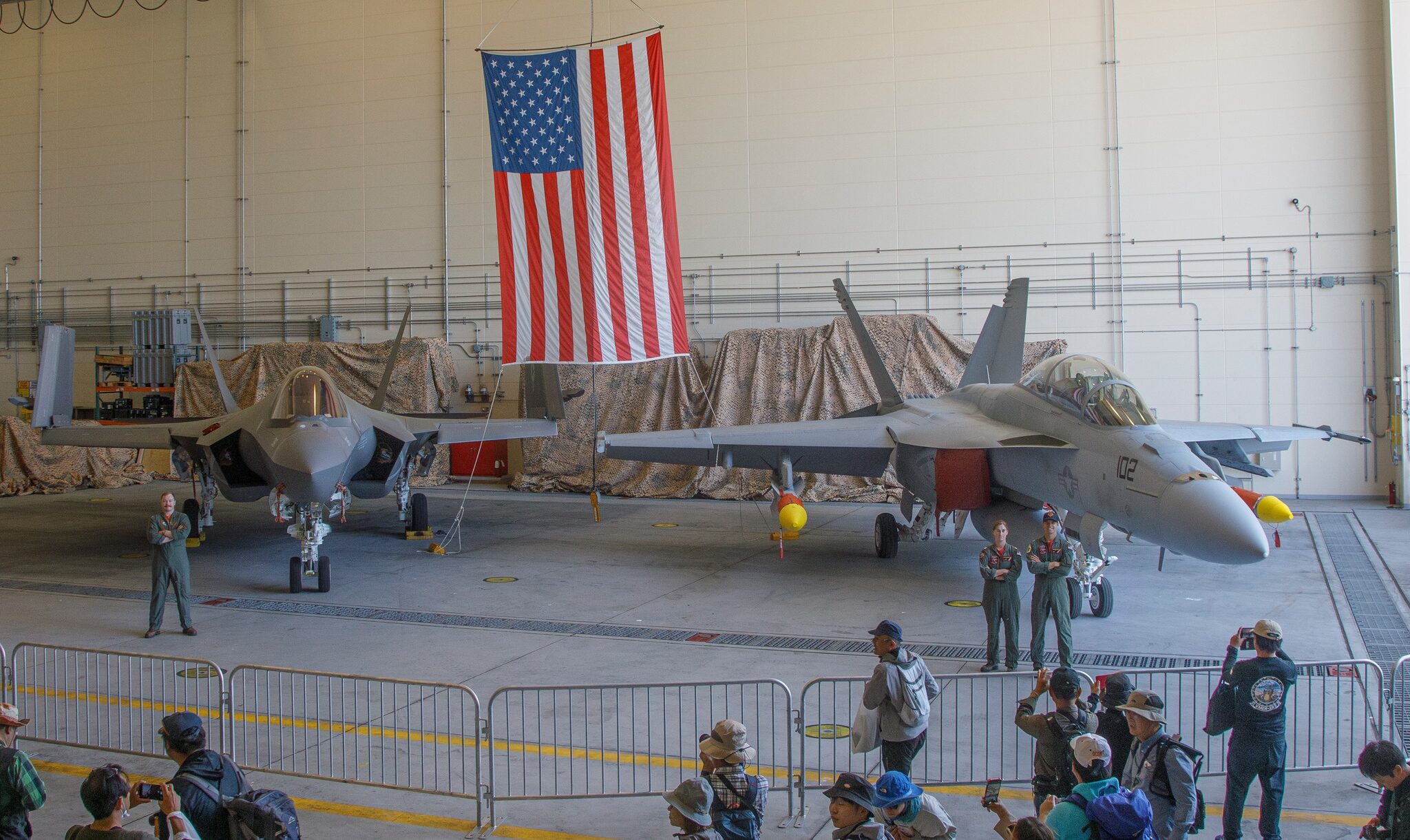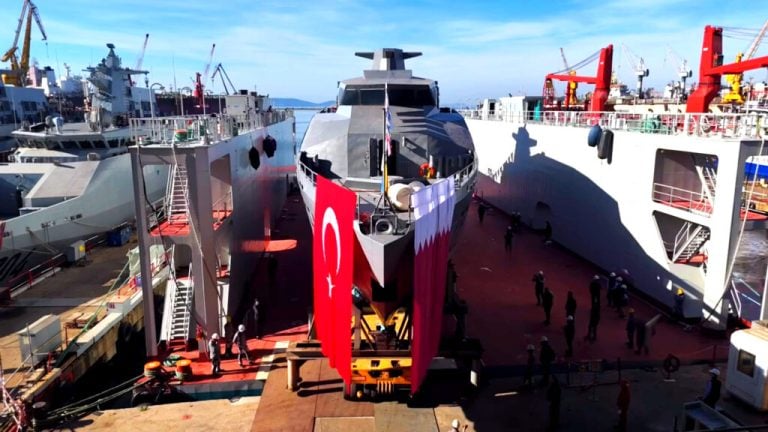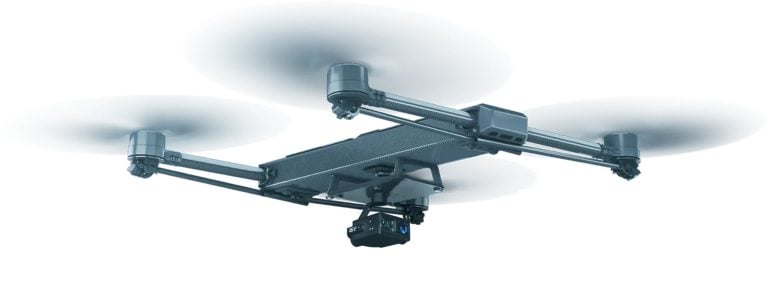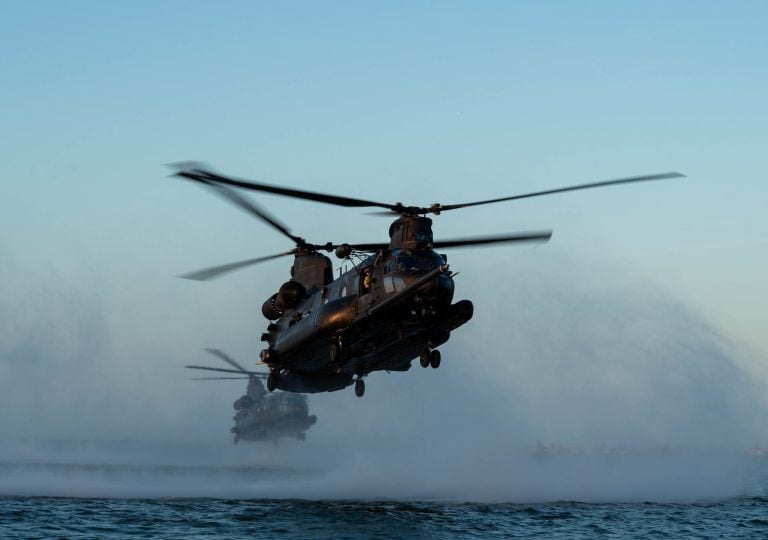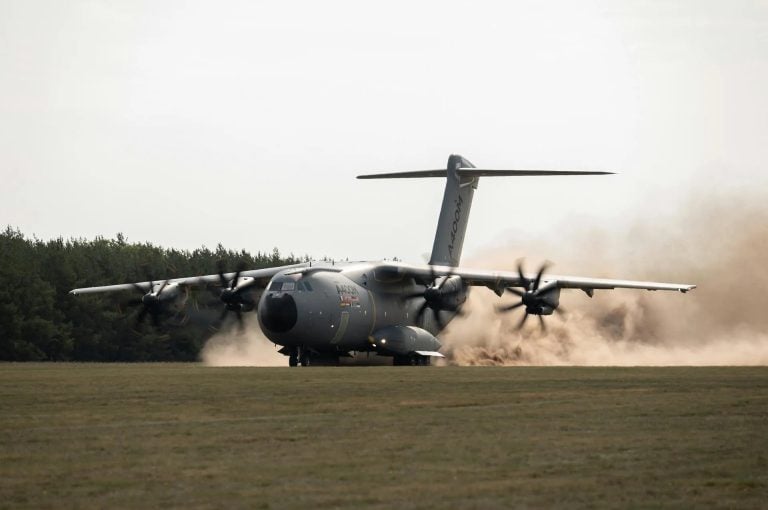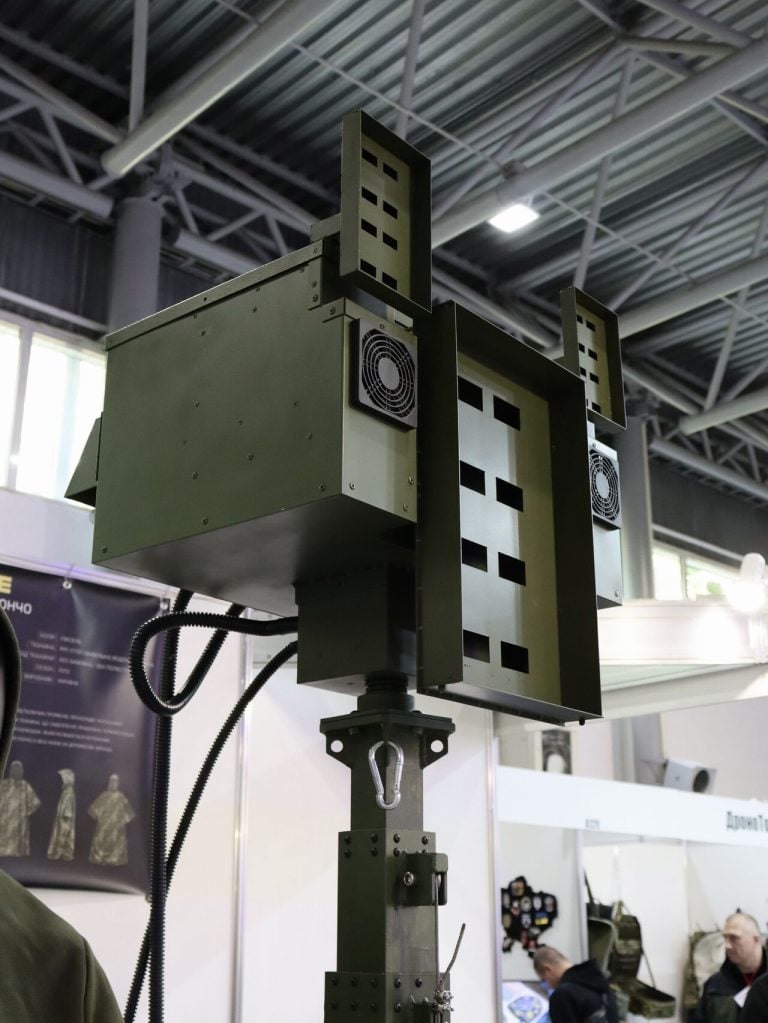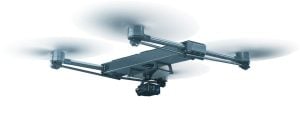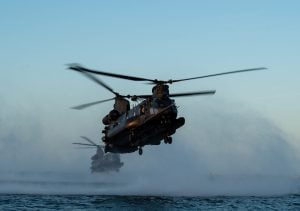The U.S. military showcased the AIM-174B air-to-air missile during a recent event in Japan, marking a rare public demonstration of this long-range weapon. Two AIM-174B missiles were prominently displayed under the wings of an F/A-18F Super Hornet, capturing significant interest at the Japan Maritime Self-Defense Force-Marine Corps Air Station Iwakuni Friendship Day.
The missiles were strategically mounted on the inner pylons of the aircraft’s wings, along with an external fuel tank positioned on the centerline. Originally designed for air-to-air combat, the AIM-174B also possesses capabilities to engage surface threats, a feature that it shares with its predecessor, the SM-6 missile. This versatility highlights the missile’s ability to address a variety of challenges on the battlefield.
The AIM-174B is particularly relevant in the context of the Indo-Pacific region, where it is expected to counteract threats posed by China’s anti-access/area denial strategies. Its first public appearance occurred during Rim of the Pacific 2024, where it was again mounted on a Super Hornet, emphasizing its operational readiness in critical theatre.
The missile boasts impressive specifications, with the U.S. Navy confirming a minimum operational range of 130 nautical miles (approximately 149 miles or 240 kilometers). However, reports suggest that the AIM-174B can efficiently engage targets at distances up to 250 miles (about 402 kilometers), a range that significantly exceeds that of the AIM-120 AMRAAM, which is a standard air-to-air missile utilized by advanced fighter jets such as the F-22 and F-35.
Weighing in at around 1,900 pounds (861 kilograms), the AIM-174B is outfitted with an active radar homing system. This technology enables the missile to track and engage targets independently, achieving a high level of precision. Despite its advanced capabilities, experts note that the AIM-174B may struggle against agile enemy fighter jets, which are engineered to evade long-range missiles due to their fast speeds and enhanced maneuverability. Instead, the missile is anticipated to be more effective against slower, “enabler” aircraft like early warning and surveillance planes, which present a greater vulnerability to long-range attacks.
